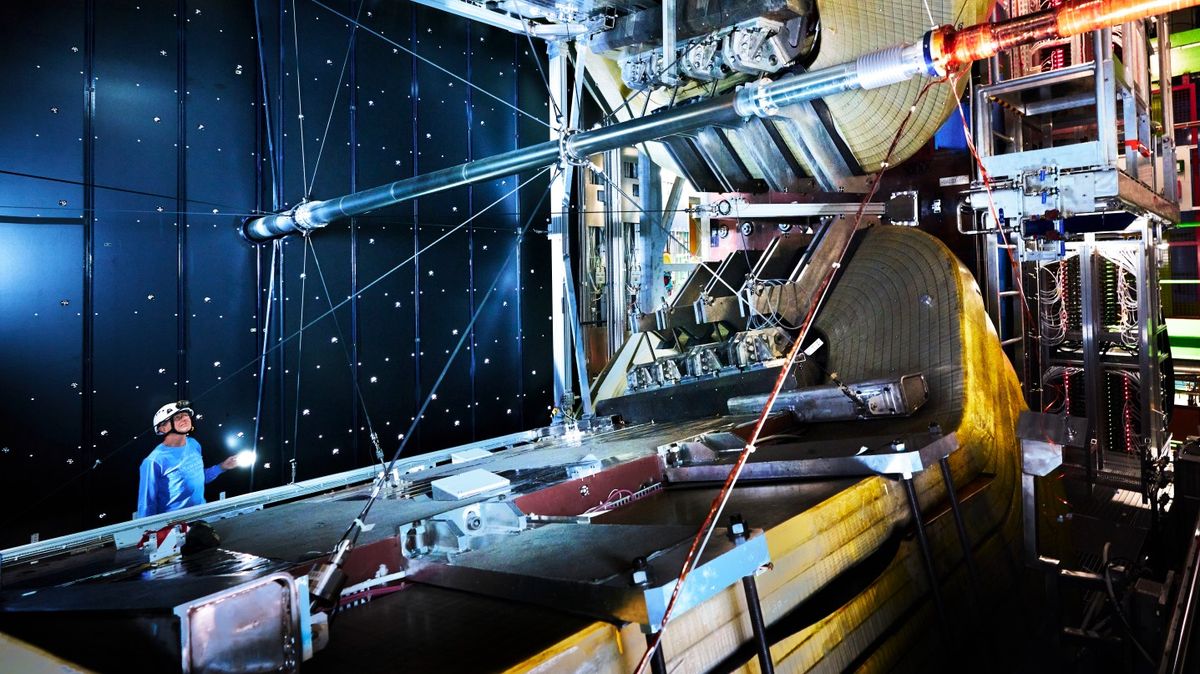Large Hadron Collider may be closing in on the universe's missing antimatter [View all]
By Keith Cooper published about 18 hours ago
'Through more precise measurements, large improvements have been made in our knowledge.'

a technician stands near a set of tubes and wires at the large hadron collider
The LHCb experiment at the Large Hadron Collider. (Image credit: CERN)
Physicists at the Large Hadron Collider (LHC) are closing in on an explanation for why we live in a universe of matter and not antimatter.
Matter and antimatter are two sides of the same coin. Every type of particle has an anti-particle, which is its equal and opposite. For instance, the antimatter equivalent of a negatively charged electron is a positively charged positron.
The Standard Model of physics tells us that if we substitute a particle for its antiparticle, it should still operate within the laws of physics in the same way. As such, the Big Bang should not have had a preference for creating one type over another — this symmetry at the heart of nature means that matter and antimatter should have formed in equal amounts in the Big Bang.
Lucky for us, this does not seem to have been the case, because when you put matter and antimatter together, the outcome is explosive to say the least. Had matter and antimatter been crafted in equal amounts, then they would have annihilated each other, creating a cosmos filled with a sea of radiation, no atoms and no life. Today, the only antimatter is that which is produced in particle decays and interactions.
More:
https://www.space.com/large-hadron-collider-matter-antimatter-mystery?utm_source=notification
